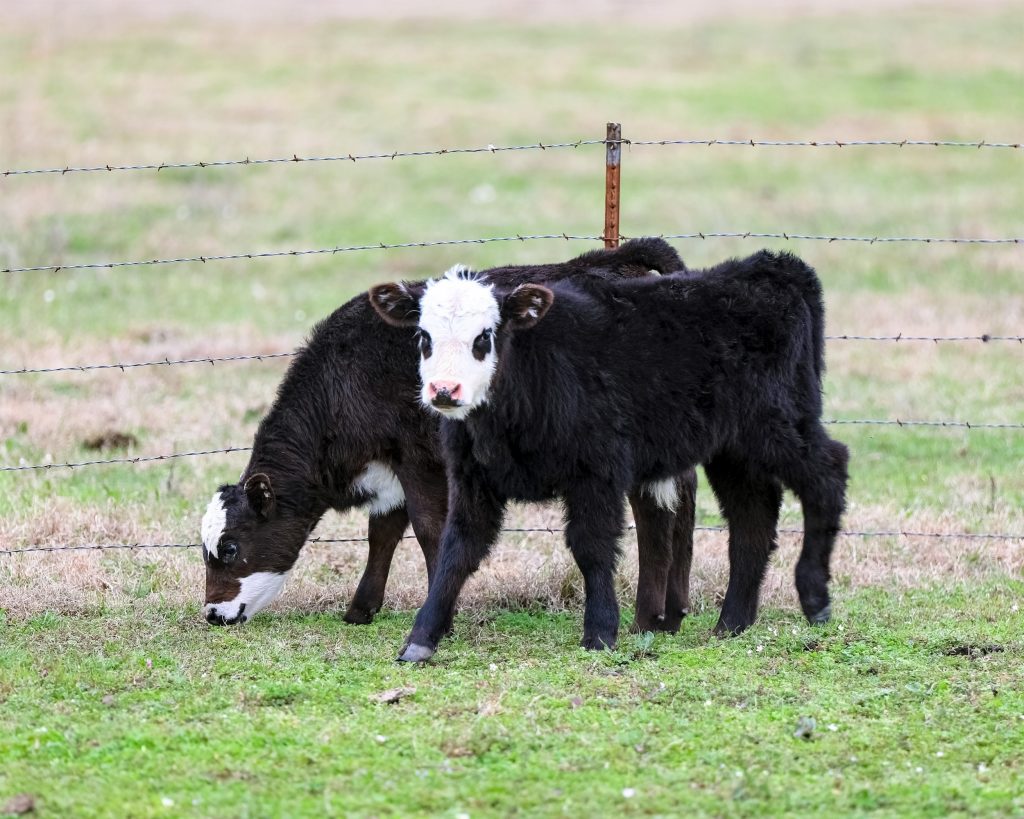
Senior Farm and Ranch Broadcaster Ron Hays is talking with Dakota Moss of Livestock Risk Services about the impacts of the recent drop in cattle prices.
Livestock Risk Protection is a nationwide price protection offered by USDA and is built for any size of operation.
“We have seen a dramatic fall in the cattle market over the last 90 days, so the producers have been utilizing the LRP program,” Moss said. “I have seen significant payments on these cattle, especially for producers who turn cattle every 90 to 120 days. They insured those cattle back in September for some December maturity dates.”
Depending on the coverage level those producers who insured cattle back in September selected, Moss said they are seeing payments from 20 dollars up to 44 dollars cwt.
“These are some very significant payouts for LRP, and so it has definitely shown that the program very much works as intended, especially when producers are utilizing some risk management,” Moss said. “They can definitely protect themselves and pencil out kind of a budget on these cattle. Unfortunately, with this downturn, it has definitely come into play.”
This dramatic fall in the cattle market, Moss said, has created an abundance of LRP claims.
“We have lost 35 dollars cwt, which is huge, in the last 90 days, so over the last two and a half months, I have seen more LRP claims than I ever have,” Moss said.
That process is made faster, Moss said, when a producer has good records.
“If they are using LRP, they have to own the cattle,” Moss said. “If they have sold those cattle before the LRP matures, then that sale paperwork is the perfect hard record.”
For those who choose to retain ownership, Moss said producers need to make sure and have a third party, such as a lender or veterinarian, visually inspect the cattle and send a letter to Livestock Risk Services stating they have seen those cattle.
“As long as they have some good working relationships with a third party, they can work with them on getting us that documentation, and we can get that claim knocked out pretty quickly,” Moss said.
Producers do not have to have the intent of immediately selling their cattle to sign up for LRP, Moss added.
For example, a cow-calf producer can ensure his calf crop for the fall and grow and background those cattle in the spring.
“As long as we can prove he owns those cattle with that third-party verification, he can go ahead and get that claim payment and retain ownership,” Moss said. “(He can do) whatever he chooses with those calves once that LRP contract is done. If he wants to go ahead and cover them again after that first contract expires, he can cover them again in March or May, whenever he thinks he will have those calves ready to market on the next go-round.”
To get in contact or find a Livestock Risk Services agent, click here.
To sign up for daily price reports, click here.














